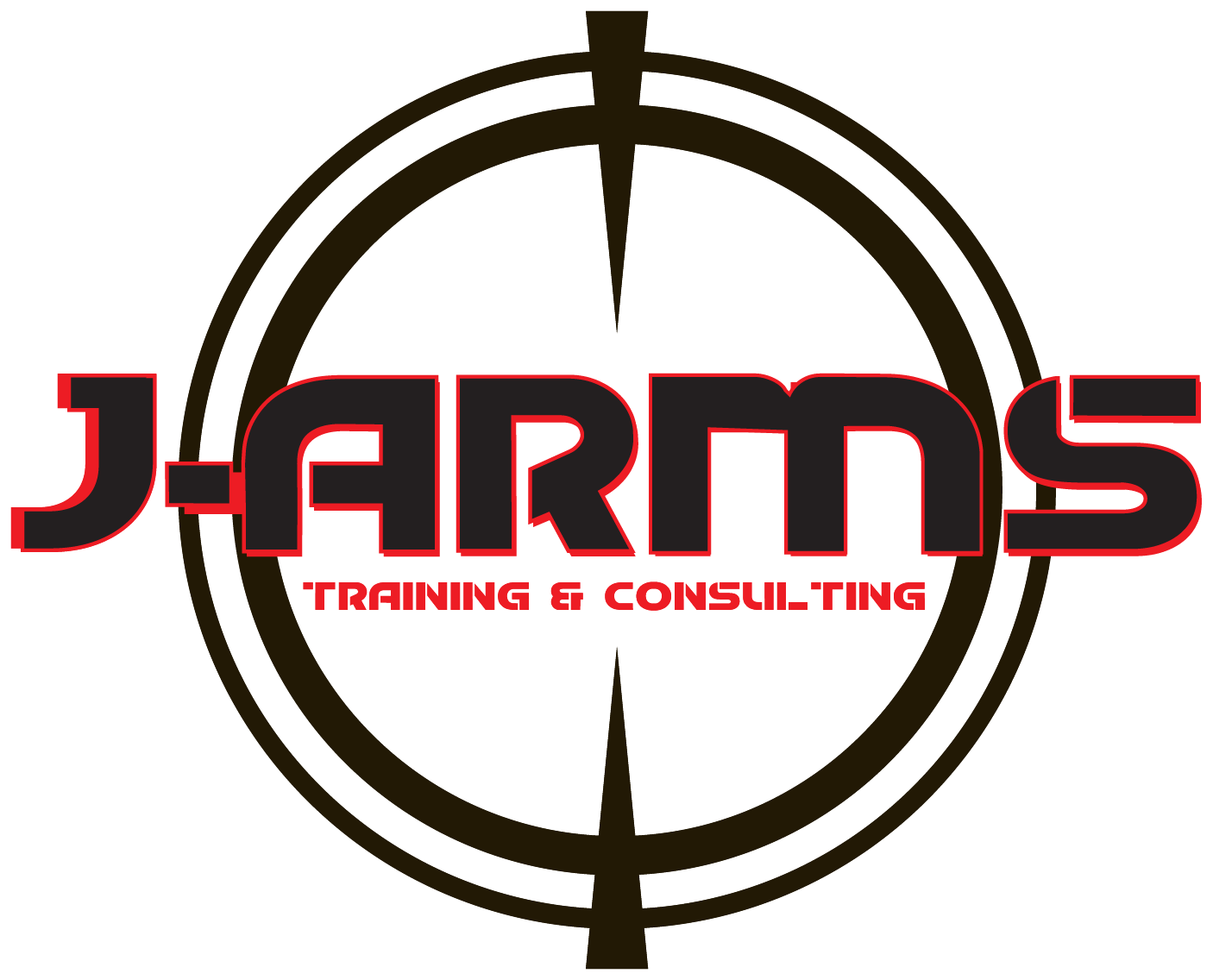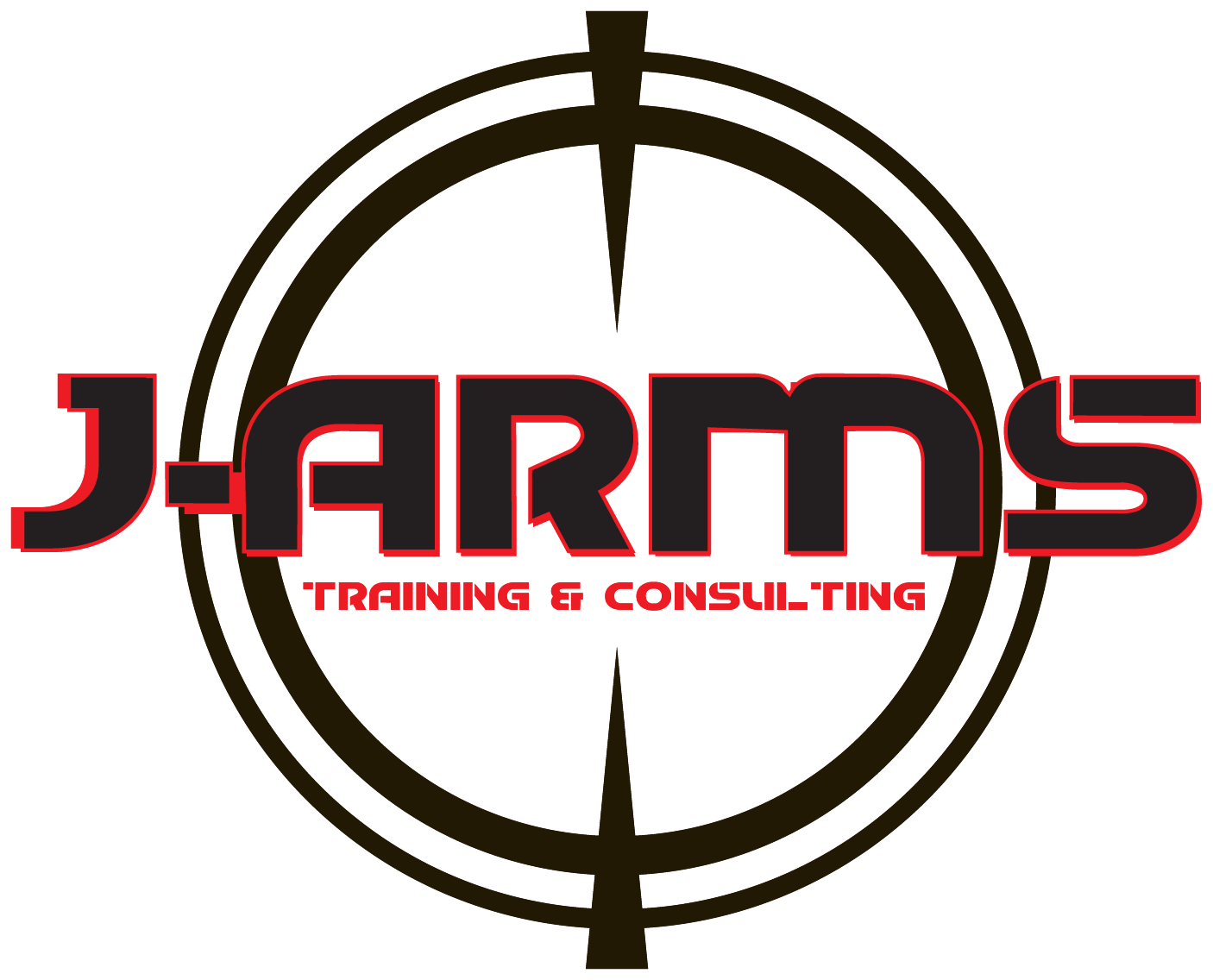Opioid Overdose Response
& Naloxone Training
💊 What It Is
A structured educational program that trains individuals to:
- Recognize the signs of an opioid overdose (e.g., slowed breathing, loss of consciousness, pinpoint pupils).
- Respond effectively by providing rescue breathing, calling emergency services, and administering naloxone, an opioid antagonist medication that temporarily reverses overdose effects.
🧠 Key Components of Training
Typical curriculum includes:
- Overdose recognition: identifying respiratory depression, unconsciousness, etc.
- Emergency response steps: call 911, rescue breaths, proper positioning of the person
- Naloxone administration: using nasal spray or injectable form (e.g., Narcan®), including dose, timing, and safe use
- Post‑administration care: monitoring the person for 30–90 minutes (the duration naloxone remains active), providing additional doses if needed, and arranging transportation to a hospital
- Legal protections: understanding Good Samaritan laws that shield overdose responders from legal liability
🧑🤝🧑 Who It's For
- Non-medical individuals, including family members, peers of people who use opioids, staff in schools, workplaces, restaurants, shelters, and community groups
- First responders, school personnel, security, and general public—anyone who could encounter an opioid emergency
⏱️ Format & Certification
- Format: in-person workshops, live virtual sessions, or brief online modules
- Materials: participants often receive a naloxone kit upon completion
- Completion: may include brief quizzes or practical demonstrations; some programs offer certificates of attendance
🛡️ Why It Matters
- Temporarily reverses respiratory depression, restoring breathing within 2–8 minutes
- Safe and essential tool in combating the opioid crisis—tying into broader harm-reduction efforts
- Empowers bystanders: studies show layperson responders using naloxone save lives—without increasing drug use
- Legal support: Good Samaritan laws protect those who assist during overdoses
✅ Summary
Opioid Overdose Response & Naloxone Training equips you to:
- Spot the signs of an overdose
- Administer naloxone safely
- Perform rescue breathing
- Navigate post-overdose care
- Understand legal protections
Completing this training—and carrying a naloxone kit—enables you to act swiftly during life-threatening events and contribute significantly to reducing overdose deaths in your community.
- Let me know if you'd like help finding programs near you or accessing naloxone kits locally!

